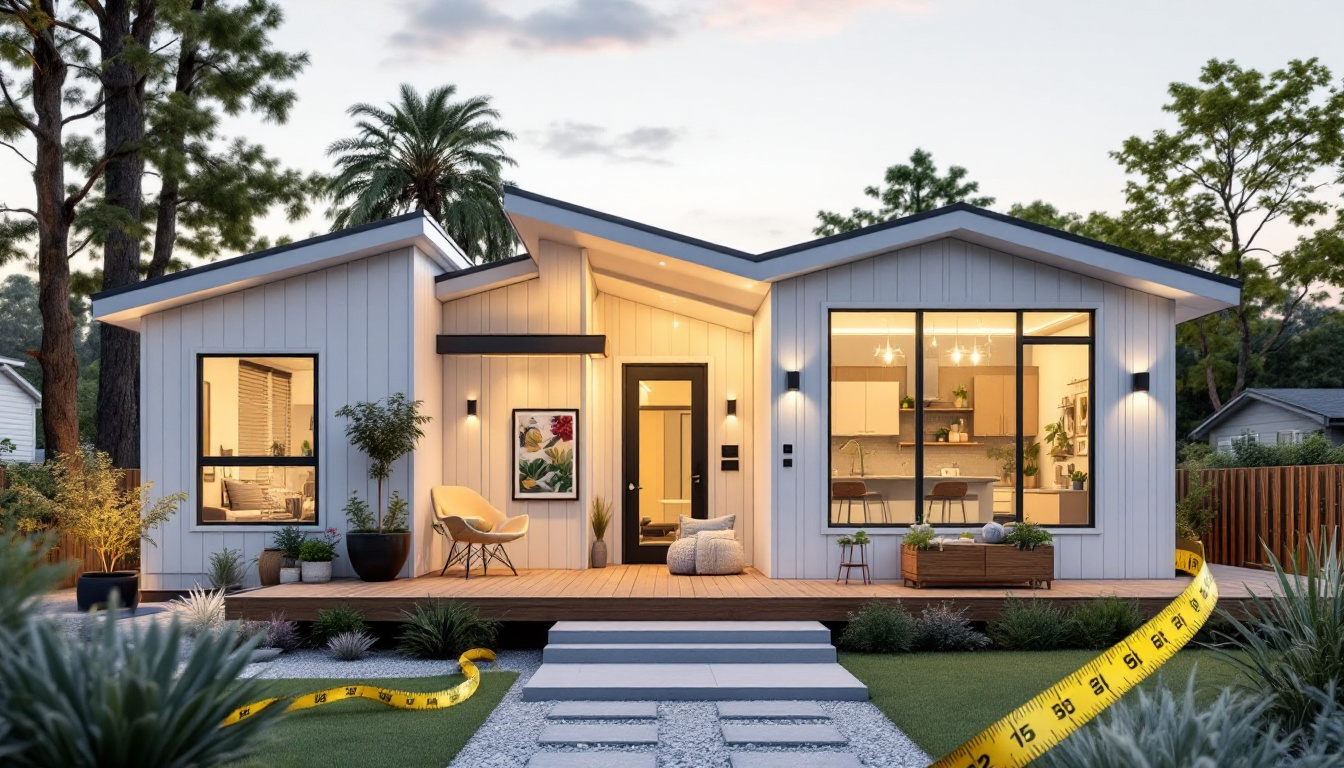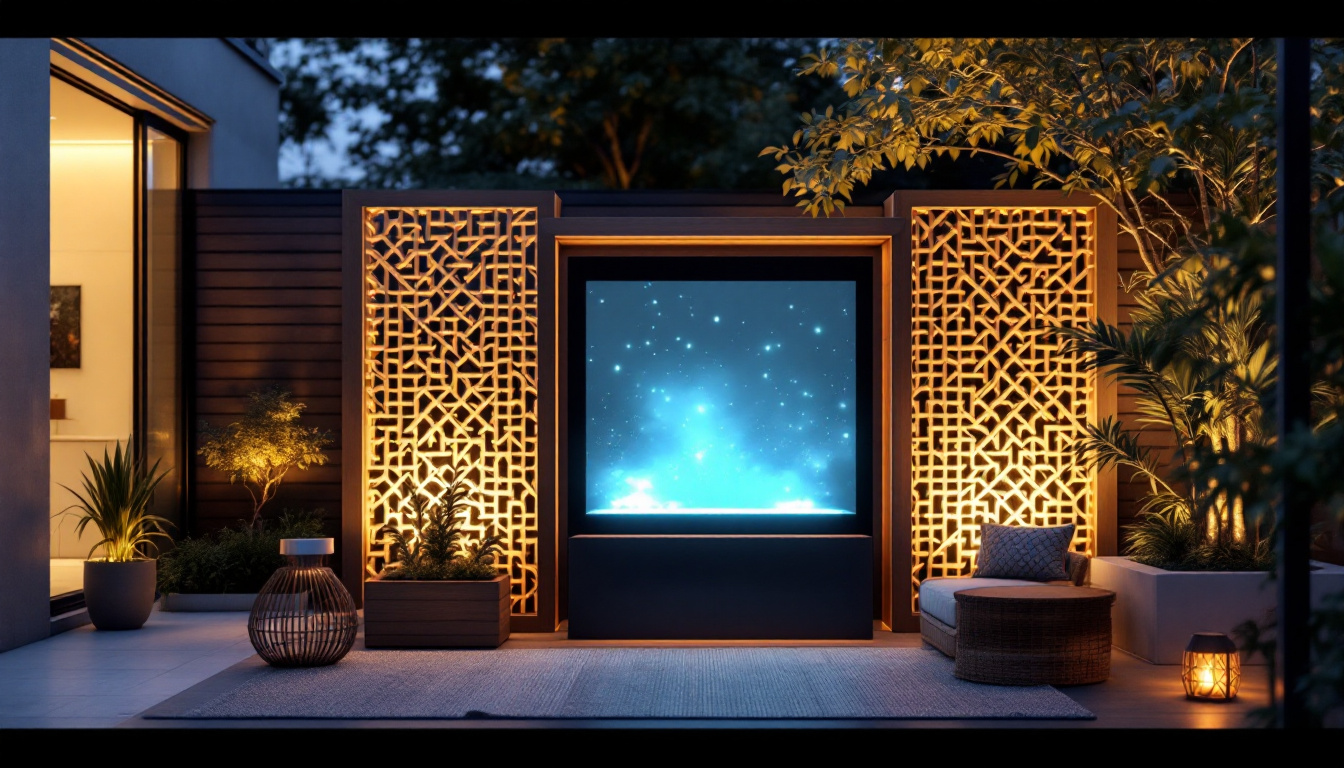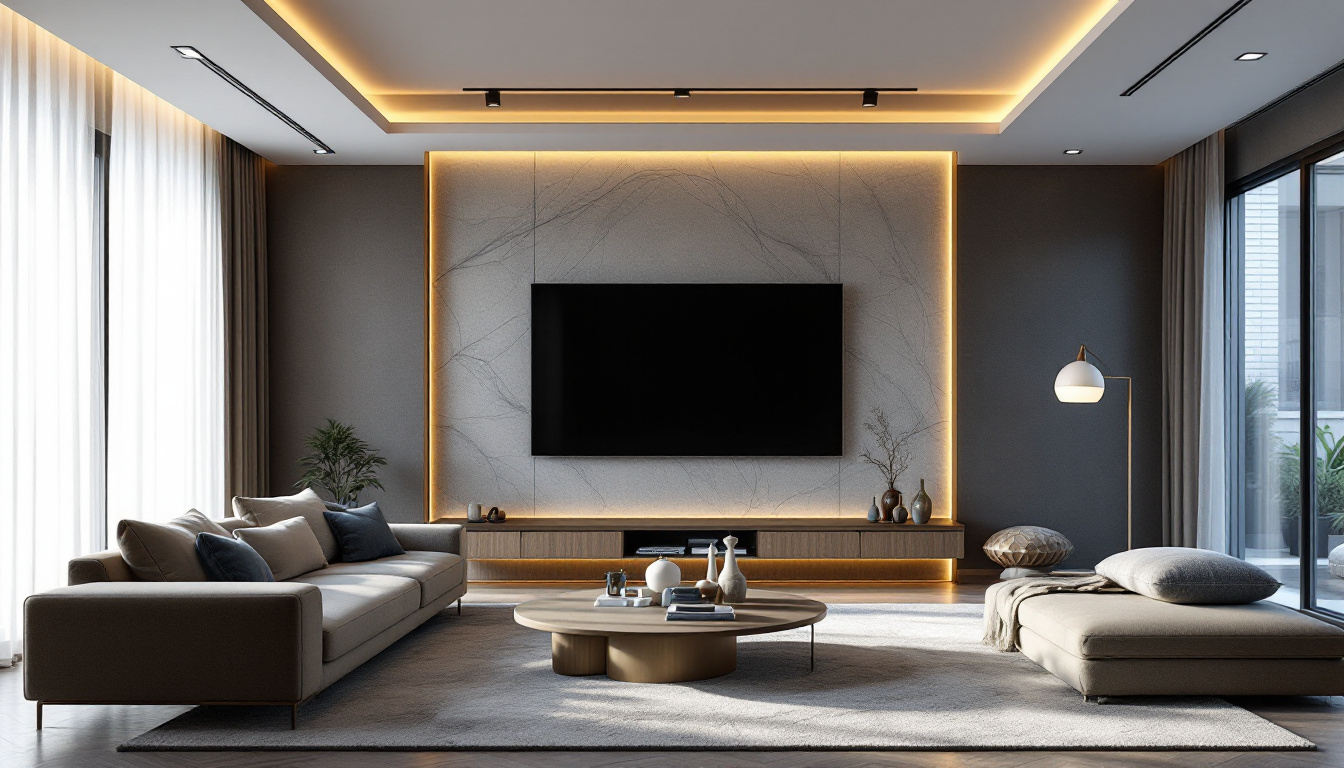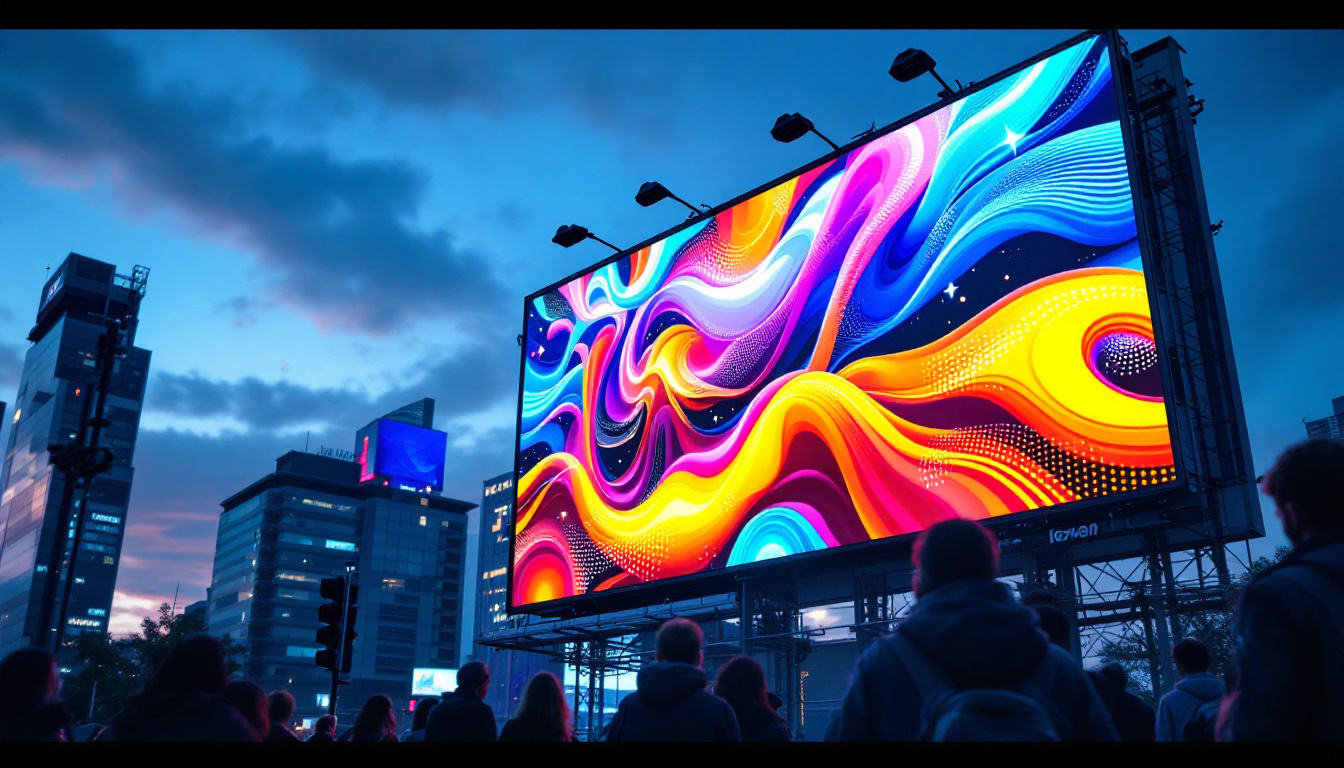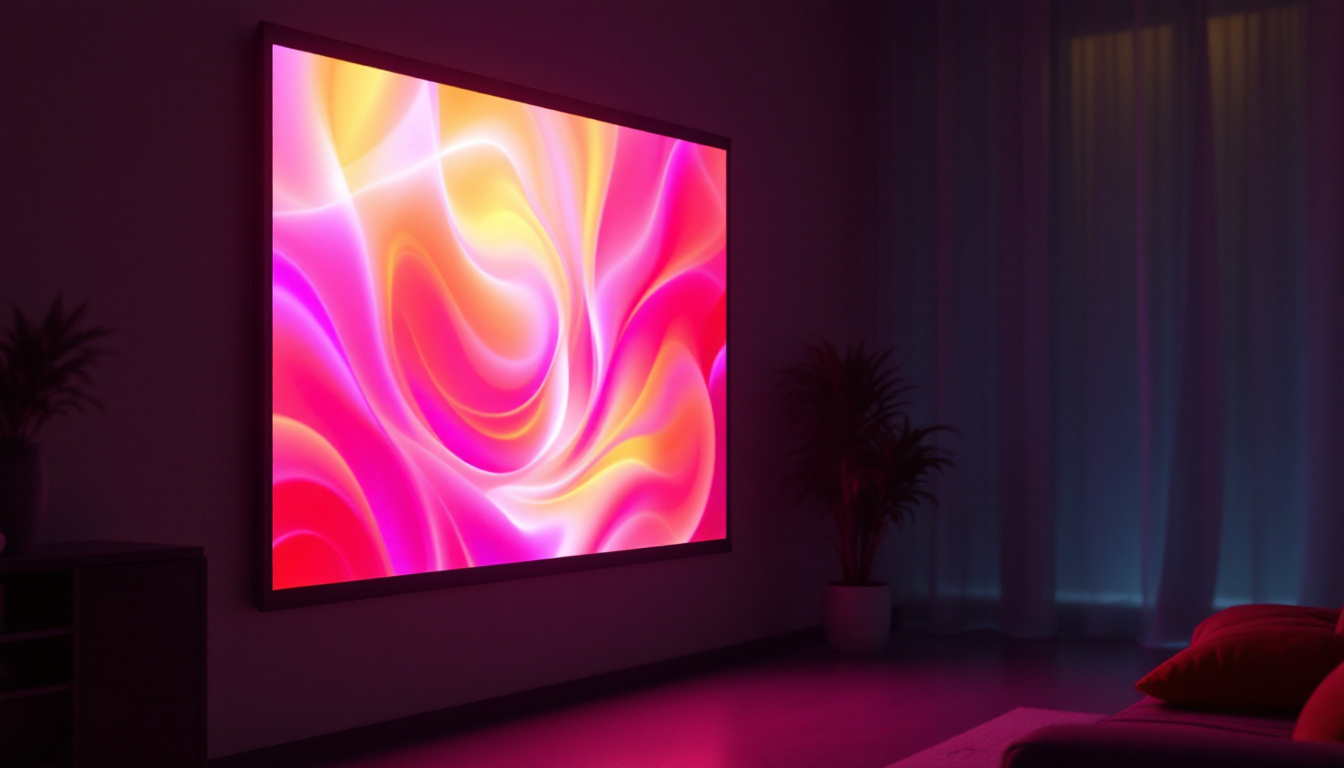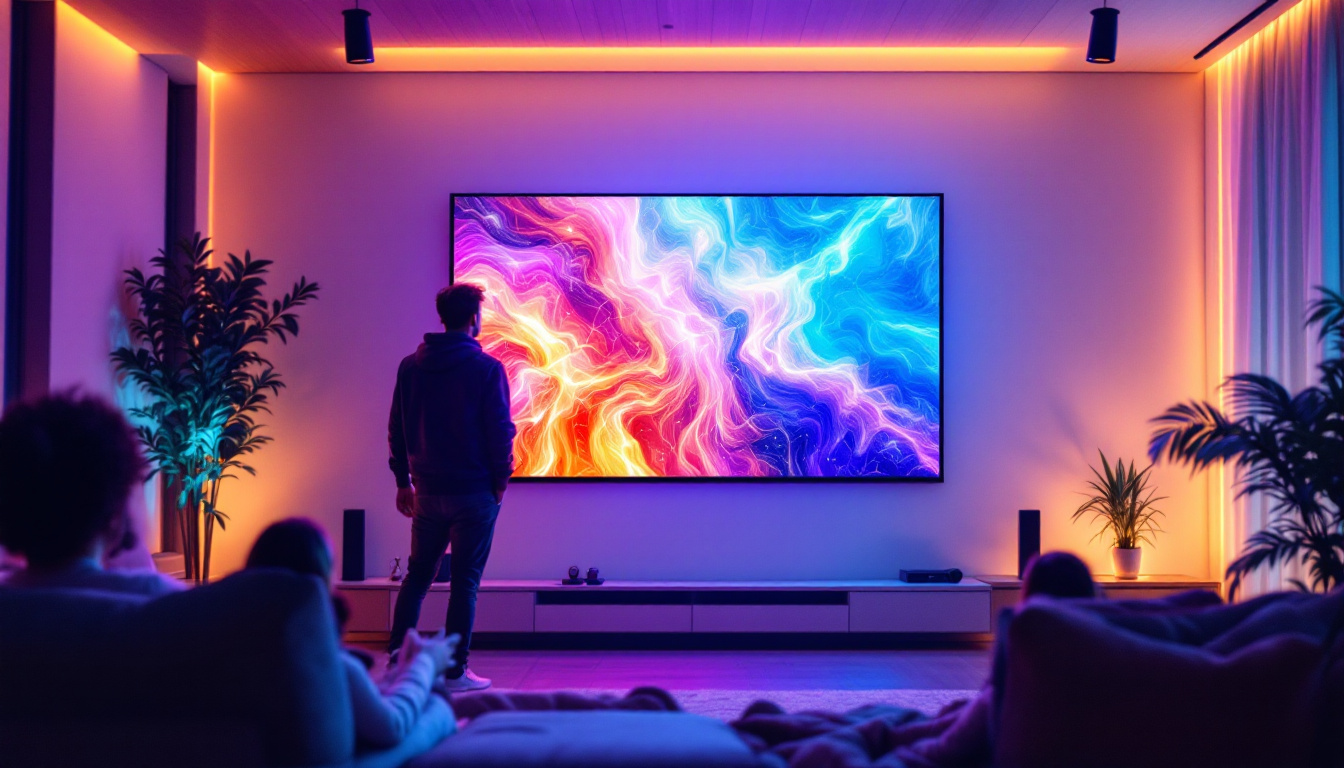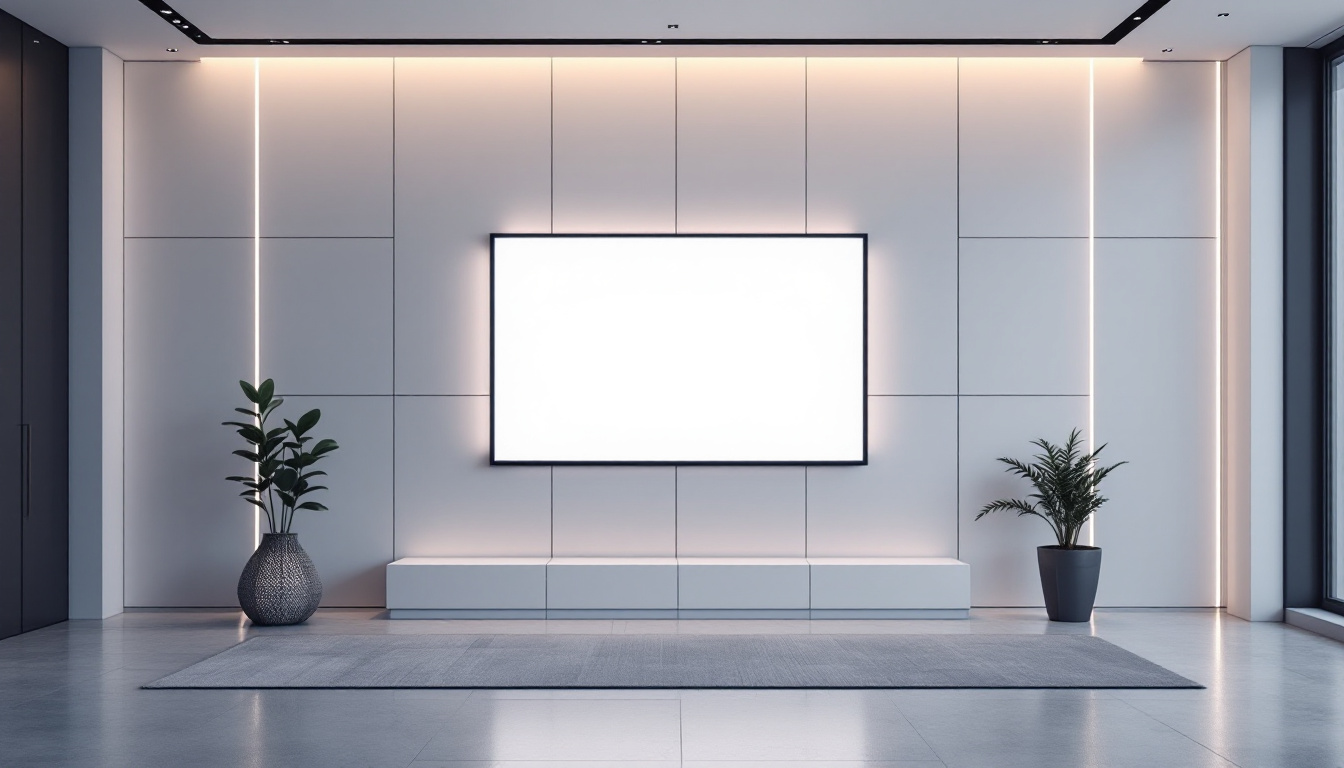Understanding Manufactured Homes
Manufactured homes, often referred to as mobile homes, are prefabricated structures that are built in a factory and then transported to a site for installation. These homes are designed to be affordable and efficient, making them an appealing option for many homebuyers. Unlike traditional homes, manufactured homes are constructed on a permanent chassis, allowing them to be moved if necessary.
One of the key factors to consider when purchasing a manufactured home is the cost per square foot, which can vary significantly based on several factors. Understanding these costs can help prospective buyers make informed decisions and budget effectively for their new home.
What Influences the Cost of Manufactured Homes?
Several factors influence the cost of manufactured homes, including location, size, design, and additional features. The base price of a manufactured home typically covers the structure itself, but additional costs can arise from installation, land preparation, and utility connections.
Location plays a crucial role in determining the overall cost. For instance, homes in urban areas may be more expensive due to higher land costs and demand, while rural areas may offer more affordable options. Additionally, the size of the home directly impacts the price; larger homes generally cost more per square foot due to increased materials and labor.
Comparing Costs: Manufactured Homes vs. Traditional Homes
When comparing manufactured homes to traditional site-built homes, the cost per square foot for manufactured homes is often significantly lower. This price difference can be attributed to the efficiency of factory production, which reduces labor costs and minimizes material waste.
Moreover, manufactured homes can be customized to a certain extent, allowing buyers to choose layouts and finishes that fit their budget. While traditional homes may offer more customization options, they also come with higher price tags due to the complexities of on-site construction.
In addition to cost considerations, it’s essential to recognize the potential for energy efficiency in manufactured homes. Many modern manufactured homes are built with energy-efficient materials and appliances, which can lead to lower utility bills over time. Features such as enhanced insulation, energy-efficient windows, and high-efficiency HVAC systems are becoming increasingly common, making these homes not only affordable upfront but also economical in the long run. This focus on energy efficiency can be particularly appealing to environmentally conscious buyers looking to reduce their carbon footprint.
Furthermore, the financing options available for manufactured homes have evolved significantly. Many lenders now offer competitive loan programs specifically designed for manufactured home purchases, making it easier for buyers to secure funding. Understanding the various financing avenues, including personal loans, FHA loans, and conventional mortgages, can empower buyers to navigate the purchasing process with confidence. This accessibility to financing, combined with the affordability of manufactured homes, continues to attract a diverse range of buyers seeking quality housing solutions.
Cost Breakdown of Manufactured Homes Installed
To understand the total cost of a manufactured home, it’s essential to break down the components involved in installation. The cost per square foot can include several elements, such as the home itself, land preparation, and site development.
The average cost of manufactured homes can range from $50 to $100 per square foot, depending on the aforementioned factors. However, when calculating the total cost, it’s important to consider additional expenses that may arise during the installation process.
Base Price of the Home
The base price of a manufactured home typically includes the structure, standard features, and basic finishes. This price can vary widely based on the size and design of the home. For example, a single-section home may cost less than a double-section home due to the additional materials and labor required for assembly.
Buyers should also be aware that the base price may not include upgrades or customizations, which can significantly increase the overall cost. Features such as upgraded appliances, flooring, and energy-efficient windows can add to the final price.
Installation Costs
Installation costs are a critical component of the total expense when purchasing a manufactured home. These costs can include site preparation, foundation work, and utility connections. Depending on the site conditions, these expenses can add anywhere from $10 to $30 per square foot to the overall cost.
Site preparation often involves clearing land, grading, and ensuring proper drainage. Additionally, the type of foundation chosen—whether it be a pier and beam or a concrete slab—can impact installation costs. Utility connections, such as water, electricity, and sewage, also need to be factored into the budget.
Land Costs
For many buyers, purchasing land is a significant part of the overall investment in a manufactured home. The cost of land can vary dramatically based on location, size, and zoning regulations. In urban areas, land prices can be exorbitant, while rural locations may offer more affordable options.
When calculating the total cost per square foot, it’s essential to include the price of the land. This can range from $5 to $50 per square foot, depending on the region and its desirability. Additionally, buyers should consider ongoing costs such as property taxes and homeowners’ association fees, which can vary by location.
Financing Options for Manufactured Homes
Financing a manufactured home can differ from traditional home financing due to its unique classification. Many lenders offer specific loans for manufactured homes, which can include personal loans, chattel loans, or traditional mortgages if the home is permanently affixed to land.
Understanding the various financing options available is crucial for potential buyers, as it can significantly affect the overall cost of ownership. Each financing option comes with its own set of requirements, interest rates, and repayment terms.
Chattel Loans
Chattel loans are a common financing option for manufactured homes that are not permanently affixed to land. These loans are secured by the home itself and typically have shorter terms and higher interest rates compared to traditional mortgages. Chattel loans can be a viable option for buyers who plan to place their manufactured home on rented land or in a mobile home park.
While chattel loans can provide quick access to financing, buyers should be aware of the potential drawbacks, including higher monthly payments and limited equity building over time. It’s essential to carefully consider the long-term implications before choosing this financing route.
Conventional Mortgages
For those who plan to place their manufactured home on owned land, conventional mortgages can be an excellent financing option. These loans function similarly to traditional home loans, offering lower interest rates and longer repayment terms. However, securing a conventional mortgage for a manufactured home may require the home to meet specific criteria, such as being built after a certain date and meeting local building codes.
Buyers should work closely with lenders to ensure that their manufactured home qualifies for a conventional mortgage. This can provide significant savings over the life of the loan compared to alternative financing options.
Additional Costs to Consider
Beyond the initial purchase price and installation costs, there are several additional expenses associated with owning a manufactured home. These costs can vary widely based on location, home size, and personal preferences.
Understanding these ongoing expenses is essential for effective budgeting and financial planning. Below are some of the common additional costs that homeowners should anticipate.
Insurance Costs
Homeowners insurance is a crucial expense for anyone purchasing a manufactured home. The cost of insurance can vary based on several factors, including the home’s value, location, and age. On average, manufactured home insurance can range from $300 to $1,000 per year.
It’s essential to shop around for insurance providers to find the best coverage at an affordable price. Some lenders may also require specific coverage amounts, so buyers should be aware of these requirements when budgeting for insurance.
Maintenance and Repairs
Like any home, manufactured homes require regular maintenance and occasional repairs. Homeowners should budget for routine upkeep, such as landscaping, HVAC servicing, and roof inspections. Additionally, setting aside funds for unexpected repairs is wise, as issues can arise over time.
Maintenance costs can vary significantly based on the home’s age and condition. Newer homes may require less immediate attention, while older homes may need more frequent repairs. A proactive approach to maintenance can help prevent larger, more costly issues down the line.
Utilities and Property Taxes
Utility costs, including electricity, water, and gas, should also be factored into the overall cost of owning a manufactured home. These expenses can vary based on usage and local rates, so homeowners should monitor their consumption to manage costs effectively.
Property taxes can also impact the overall cost of ownership. These taxes are typically based on the assessed value of the home and land, and rates can vary significantly by location. Homeowners should research local tax rates and factor these expenses into their budget.
Conclusion
Understanding the cost of manufactured homes installed per square foot is essential for potential buyers looking to make a sound investment. By considering the various factors that influence pricing, including base costs, installation expenses, and ongoing maintenance, buyers can better prepare for the financial commitment of owning a manufactured home.
With a wide range of financing options available and the potential for significant cost savings compared to traditional homes, manufactured homes can be an attractive choice for many individuals and families. By conducting thorough research and budgeting effectively, prospective homeowners can navigate the complexities of purchasing a manufactured home and ultimately find a dwelling that meets their needs and financial goals.
Enhance Your Manufactured Home with LumenMatrix LED Displays
As you consider the cost-effective benefits of a manufactured home, don’t overlook the opportunity to elevate your space with innovative lighting solutions. LumenMatrix, a leader in LED display technology, offers a range of products that can transform your home into a visually stunning environment. From Indoor LED Wall Displays that can create a dynamic living space to Outdoor LED Wall Displays that can beautify your exterior, LumenMatrix has the perfect solution to complement your new home. Embrace the future of visual communication and check out LumenMatrix LED Display Solutions to make your manufactured home truly shine.

